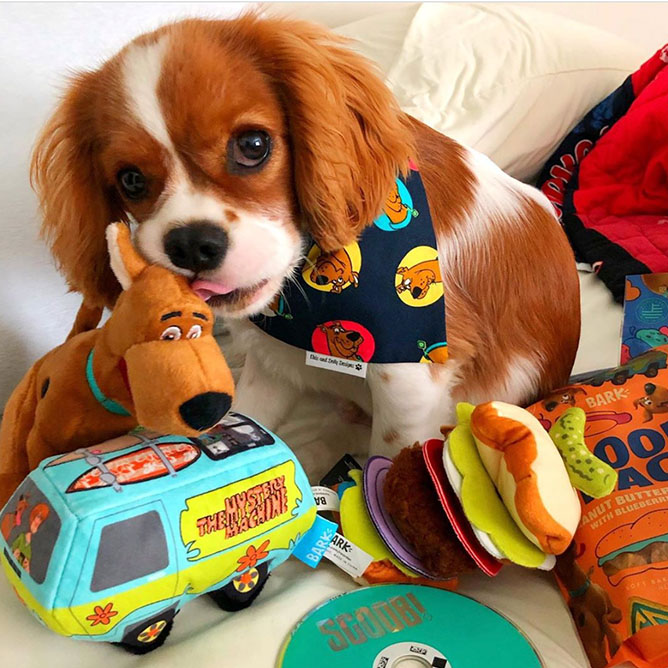Beyond Fetch: The Transformative Power of Pet Toys in Animal Well-being
Introduction:
Pets, whether furry, feathered, or scaled, bring joy and companionship to our lives. Integral to their happiness and health is the role of pet toys. In this exploration, we delve into the multifaceted significance of pet toys, transcending the notion of mere playthings and revealing their profound impact on the well-being of our beloved animal companions.
Physical Exercise and Vitality:
Pet toys are instrumental in providing the Pet toys necessary physical exercise that contributes to the overall vitality of our pets. Dogs, for example, benefit greatly from toys that encourage fetching, tugging, and interactive play. Such activities not only keep them physically fit but also help to expend excess energy, reducing the likelihood of behavioral issues.
Mental Stimulation and Cognitive Development:
Just as with humans, mental stimulation is paramount for the cognitive well-being of pets. Puzzle toys, treat dispensers, and interactive games challenge their intellect, preventing boredom and fostering problem-solving skills. This is particularly important for intelligent breeds that thrive on mental challenges.

Behavioral Improvement and Stress Reduction:
Certain pet toys serve as effective tools for behavioral improvement. Chew toys, for instance, are not just for teething puppies—they help to satisfy a dog’s natural instinct to chew, reducing anxiety and preventing destructive chewing on household items. Similarly, cats benefit from toys that mimic hunting and stalking behaviors, addressing their need for mental engagement and reducing stress.
Bonding and Social Interaction:
Pet toys play a pivotal role in enhancing the bond between pets and their owners. Interactive play sessions strengthen the human-animal connection, providing an avenue for positive interaction and creating lasting memories. Whether it’s a game of fetch with a dog or interactive play with a feather wand for a cat, these moments contribute to the emotional well-being of both pet and owner.
Variety and Individual Preferences:
Pets, like people, have individual preferences. Offering a variety of toys allows owners to discover what resonates most with their pets. From plush squeaky toys for dogs to feathered wands for cats, understanding and catering to their unique preferences contribute to a more satisfying and enriching playtime experience.
Dental Health and Hygiene:
Certain toys, such as dental chews and textured toys, promote oral health for dogs and cats. Chewing on these items helps reduce plaque and tartar buildup, contributing to better dental hygiene and potentially preventing costly dental issues down the line.
Conclusion:
Pet toys are not mere accessories; they are indispensable components of a pet’s overall well-being. Beyond the joy and entertainment they provide, these toys contribute to physical health, mental stimulation, behavioral balance, and the deepening of the human-animal bond. Whether a loyal canine companion or a playful feline friend, every pet deserves the enriching experience that thoughtfully chosen and engaging toys bring to their lives. So, let the play begin, and watch as the transformative power of pet toys unfolds in the lives of our cherished animal companions.